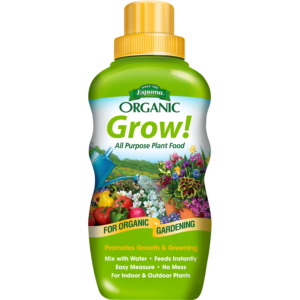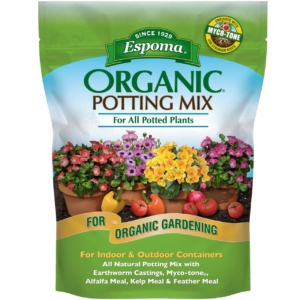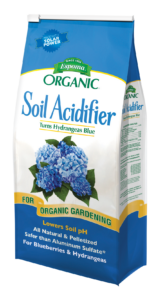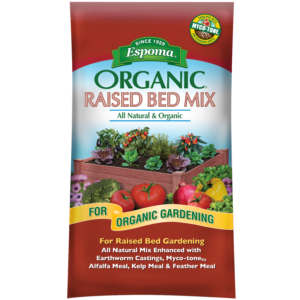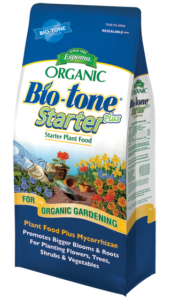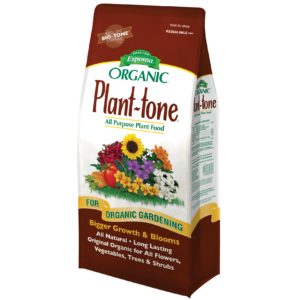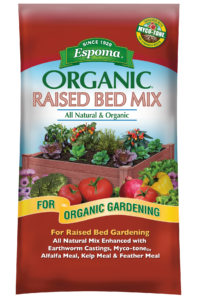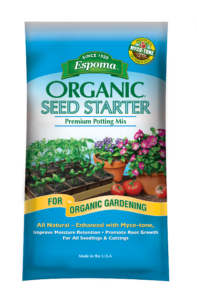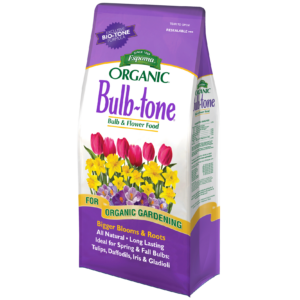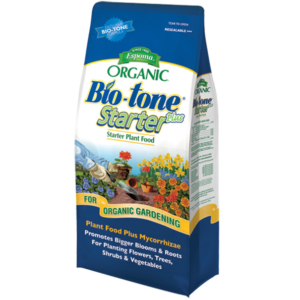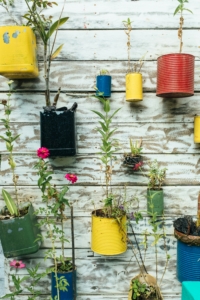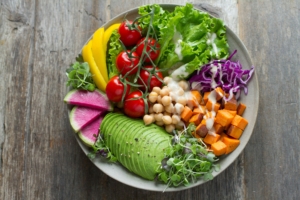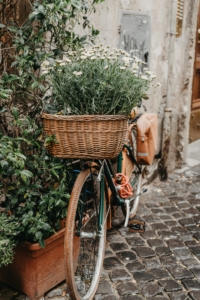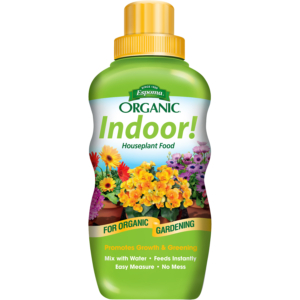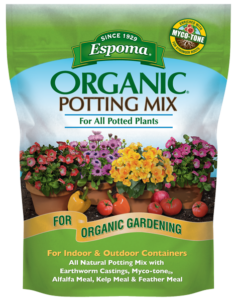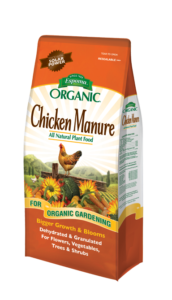Has your plant collection started taking over your home? Do you feel overwhelmed trying to care for all of them? Many plant parents go through phases of filling their homes with plants, but eventually, may feel fatigue, anxiety, and even shame over the size of their collections.
This might be the ideal time to adopt a minimalist plant parent lifestyle.
This blog is inspired by Episode 180 of Growing Joy with Maria Podcast, where host Maria Failla sat down with Stephanie of Mama Minimalist (former Sustainable Minimalist) to explore how principles of minimalism can be applied to plant care to build a sustainable plant collection.
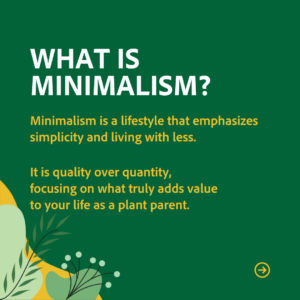
When a Hobby Becomes a Burden
A key sign that your plant collection has become too large is when caring for your plants starts feeling like a chore rather than a hobby. You sigh, thinking about the next watering or repotting session, and no longer finding joy in the task.
Your plants are also likely to become nameless masses rather than individual living things you connect with. This overwhelm often results in neglecting plants, which leads to guilt and dismay.
But don’t dwell on the past. Instead, use these feelings as motivation to shift your habits moving forward.
Tip: Try using Espoma Organic Indoor! Plant Food in your plant care routine to make your life a little easier. It helps your plants grow well, so you don’t have to spend lots of time worrying about them. This means less work for you and beautiful happy plants..
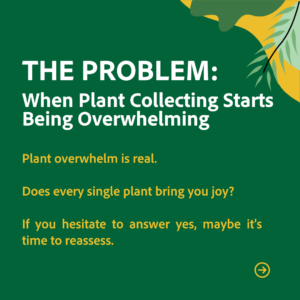
Breaking the Compulsion to Buy
Many plant parents experience strong compulsions to buy new plants, even when our spaces are already overflowing. Try putting up barriers between yourself and new purchases.
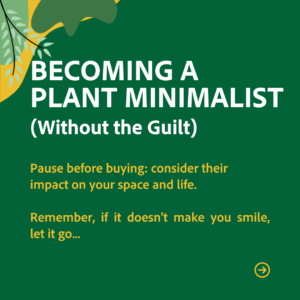
The number one tip is to pause – take a picture of the plant you want, leave the store, and reflect at home about whether you need another addition. Ask yourself how the plant will improve your life and consider the work of caring for another plant.
Taking time to reflect often helps to reduce that initial dopamine rush.
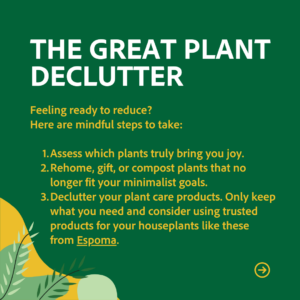
Decluttering Your Plant Collection
If certain plants no longer spark joy, consider responsibly rehoming them through gifting, donating, selling cuttings, or even composting.
Don’t forget to also declutter your plant care product supply. Have products stored that you’ll likely not use again or that don’t meet your current plant collection needs? Minimize that stash along with your plants. Consider restocking with trusted products that will help your plants thrive like Espoma Organic Potting Soil Mix or their Espoma Organic Indoor! Houseplant Food.
Biggest Minimalist Takeaways
A few of Stephanie’s top minimalist lessons include:
- Evaluating “cost per use” rather than sticker price alone. A $100 wool sweater worn 50 times has a lower cost per use than a $20 synthetic sweater worn 5 times.
- Valuing free space over stuff. Too much clutter can rob peace and turn homes into chaotic environments.
- Understanding that memories reside in us, not objects. Appreciate your plants for their inherent qualities rather than solely as mementos or reminders of joyful moments.
- Avoid multiples that contribute to excess clutter. In a world where goods are easily acquired, most of us do not require 5 spatulas or 16 winter boots.

When to Buy New Plants
Instead of using shopping to self-soothe negative emotions, plan purchases around positive events. Each new plant can become a living reminder of accomplishments, joyful milestones, or celebrations with loved ones.
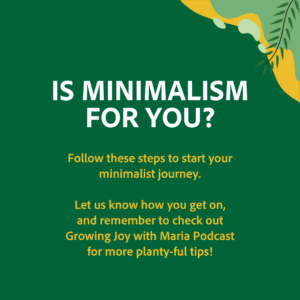
While minimalism is not for everyone, having a plant collection and home that you feel happy to have and be in is still a lesson everyone can take from this lifestyle. At the end of the day, our plants thrive when we also feel connected to ourselves and our space.
*****
Featured Products:
